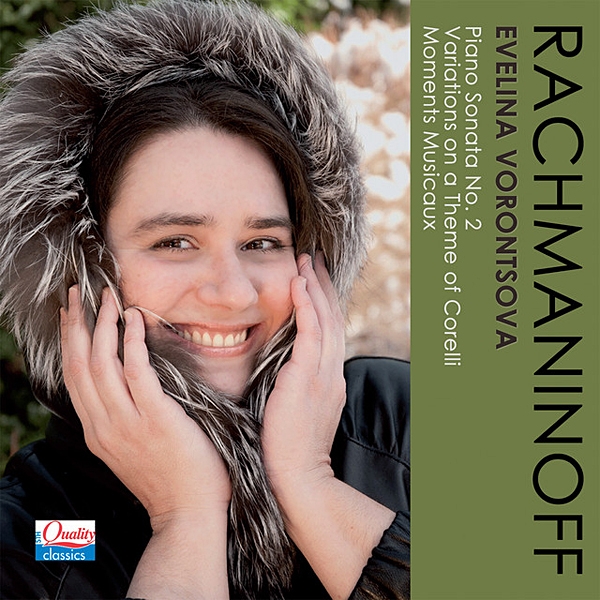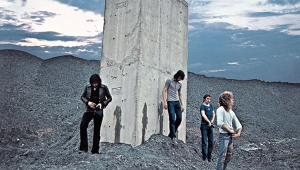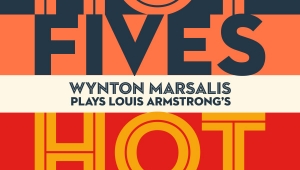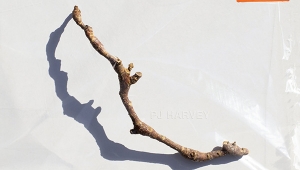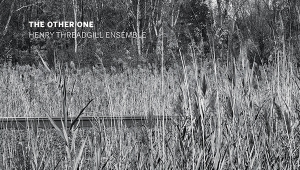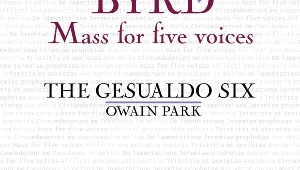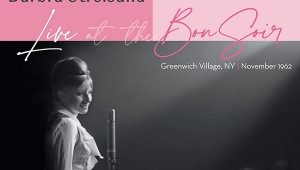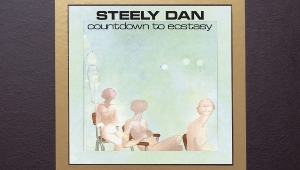| Columns Retired Columns & Blogs |
Mr. Levine asks why Ms. Vorontsova "is not more famous and signed to a major label".
I cannot say anything regarding the lack of her renown in general, but concerning recordings and the mentioned "major labels", my comment is the following:
One often wonders that there are still so many musicians with such a small amount of phantasy, ideas and readiness for musical innovation! They record and publish (I'm tempted to say: ad nauseam...) the same old warhorse-repertoire over and over again, a repertoire that is already present in hundreds of previous recordings. They unfortunately seem not to realize how boring and useless that sort of repetition is.
The recording presented here, reviewed by Mr. Levine, may be nice and well done, but with the mentioned unimaginativeness in the repertoire choice, on the one hand one does marvel concerning the artist's lack of interesting conceptions, but on the other hand does NOT marvel that there is no major label being interested in such a recording project.
You may record all that well-trodden stuff for the 50th or 100th time if you are a rather renowned artist. You shouldn't do it nevertheless, because it's still boring and an evidence of your lack of imagination; but resulting from your renown, you can afford to do it if you like; which means you'll find enough people indefatigably buying the 50th or 100th recording of this music, and therefore you'll also find a major label speculating for the commercial success of your renown. In other words: You may record whatever you want, your illustrious name will keep selling the CDs.
This status is enviable, and the less renowned artists may think it is unjust, too. Yes, of course it is, but that's the essence of commerce and showbusiness -- your renown is decisive.
If --on the contrary-- you are an unknown artist, you should rather stay away from the warhorse-repertoire (not in concerts of course, but in your recordings). The standard major label may not be interested in your fanciful CD recording with lots of world premieres, either; because they'll think that, regardless of your interesting CD programme, your lack of renown will anyway prevent the sales rates they require.
But among the common reviewers, you'll have a better chance to get some attention. Mr. Levine seems to be an exception in this regard, but the usual reviewer will certainly think something like: "Oh no, not this again! Why the hell do those musicians think their interpretation is so unprecedented and revolutionary that the world needs the 50th/100th recorded version of that well-known sonata XY etc. etc.?? We have enough to do to review the "big names" with their relentless recordings of that old standard repertoire (and that's boring enough). Please not the unknown artists, too..."
One can understand those reviewers, can't one?
Indeed, it's surprising when non-renowned musicians seem to hope to be able to arouse any interest for their recording if the same music is available in more than enough recordings by the illustrious and much more attractive "big names".
This may be the answer to Mr. Levine's question concerning the major labels.
And anyway it's a pity that there is so much dull repertoire repetition in the recording market...
